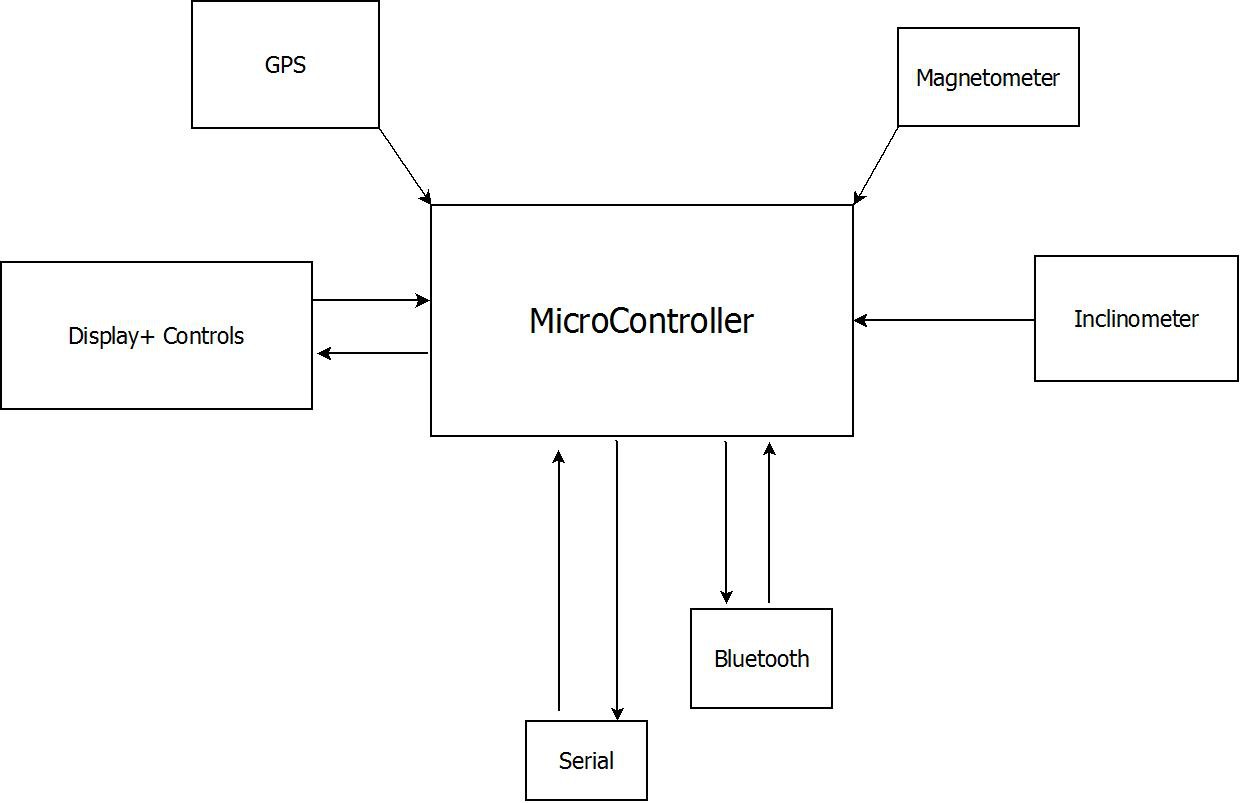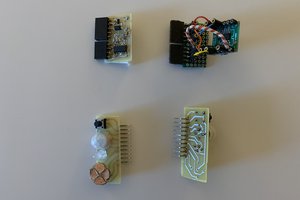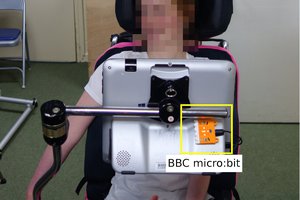The idea of Astroscopus, is based on the use of green laser pointers in amateur astronomy. The goal to point to the sky and get the details of what we are pointing on. The plan is to have two different operation modes: standalone, where you point and the handheld device displays basic information; or paired, where you point the device and via a paired smartphone you have a more detailed information, or for hands and eyes free use, audio description via text-to-speech.
The handheld contains a GPS module for surface location and time, magnetometer to find magnetic north and right ascension inclinometer to find declination. A microprocessor compiles the data and compares it to an ephemeris. The result is displayed in a small OLED display. The handheld pack also contains an Lithium battery and its charging circuitry.
A simple schmatic of the project is shown bellow.



 Mauro Pichiliani
Mauro Pichiliani
 Le Shen
Le Shen

 matt oppenheim
matt oppenheim
What is the status of your "Astroscopus" project? I worked on building something *very* similiar a few years ago, My design differed in that the handheld unit only sent altazimuth coordinates via Bluetooth to a cellphone app which (using its own GPS coordinates) calculated RA and Dec which it then passed to Stellarium to display.. Multiple users could be connected to the unit at on time.